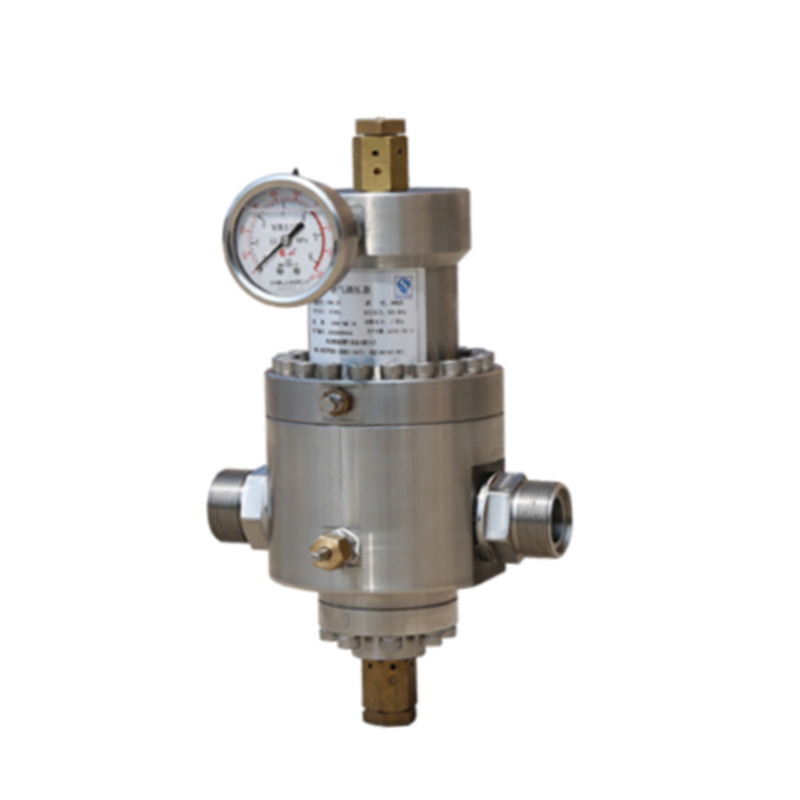
Oct . 06, 2024 02:45
Back to list
صمام تنفيس الأمان
Understanding Safety Relief Valves Their Importance and Functionality
Safety relief valves play a critical role in various industrial applications, ensuring the protection of equipment and personnel against the dangers of overpressure conditions. In many industries, including oil and gas, chemical manufacturing, and power generation, managing pressure levels is essential for operational safety and efficiency. This article delves into the purpose, types, mechanisms, and importance of safety relief valves.
What is a Safety Relief Valve?
A safety relief valve (SRV) is a crucial component designed to prevent excessive pressure buildup in equipment such as boilers, pressure vessels, and pipelines. These valves automatically open to release pressure when it exceeds a predetermined level, thereby safeguarding the system from potential failures or explosions. A properly functioning SRV is not just an essential safety device; it is a regulatory requirement in many industries.
Types of Safety Relief Valves
There are generally two main types of safety relief valves spring-loaded safety valves and pilot-operated safety valves.
1. Spring-Loaded Safety Valves These are the most common type, utilizing a spring mechanism to hold the valve closed against the system pressure. When pressure exceeds the preset limit, the force exerted by the fluid overcomes the spring tension, allowing the valve to open and release pressure.
2. Pilot-Operated Safety Valves These valves employ a pilot system, which controls the flow and pressure opening of the main valve. They are often used in applications where there is a need for precise pressure control and are commonly found in larger, high-pressure systems.
.
The operation of a safety relief valve is straightforward. When the pressure in a system reaches a specific level, known as the set pressure, the valve opens. The valve remains open until the pressure drops below this threshold, at which point it closes again. This operation is critical in systems where fluctuating pressures are commonplace.
صمام تنفيس الأمان

To ensure optimal performance, safety relief valves must be regularly maintained and tested. Factors such as corrosion, dirt buildup, and mechanical wear can affect their performance. Regular inspections and adherence to maintenance schedules are vital to ensure reliability and safety.
Importance of Safety Relief Valves
Safety relief valves are crucial for several reasons
1. Protection Against Catastrophic Failures Overpressure situations can result in catastrophic equipment failures leading to spills, explosions, and hazardous situations. Safety relief valves are the last line of defense against such incidents.
2. Regulatory Compliance Many industries are subject to strict regulations regarding pressure management. Safety relief valves help facilities comply with these regulations, avoiding legal consequences and financial penalties.
3. Operational Efficiency By preventing overpressure, these valves help safeguard process efficiency. Maintaining the correct pressure levels ensures that operations run smoothly and equipment functions as intended.
4. Insurance and Liability Many insurance policies require proper safety measures in place for industrial operations. A well-maintained safety relief valve can minimize liability and lead to lower insurance premiums.
Conclusion
In conclusion, safety relief valves are indispensable in managing pressure effectively within industrial systems. Their ability to prevent overpressure scenarios not only protects equipment and personnel but also underpins operational integrity and compliance with regulatory standards. Understanding the types, mechanisms, and importance of these valves helps industries appreciate their role in safety management and encourages proactive maintenance practices. Investing in regular testing and maintenance of safety relief valves is not just a best practice; it is a critical component of a comprehensive safety strategy.
Next:
Latest news
-
Safety Valve Spring-Loaded Design Overpressure ProtectionNewsJul.25,2025
-
Precision Voltage Regulator AC5 Accuracy Grade PerformanceNewsJul.25,2025
-
Natural Gas Pressure Regulating Skid Industrial Pipeline ApplicationsNewsJul.25,2025
-
Natural Gas Filter Stainless Steel Mesh Element DesignNewsJul.25,2025
-
Gas Pressure Regulator Valve Direct-Acting Spring-Loaded DesignNewsJul.25,2025
-
Decompression Equipment Multi-Stage Heat Exchange System DesignNewsJul.25,2025

